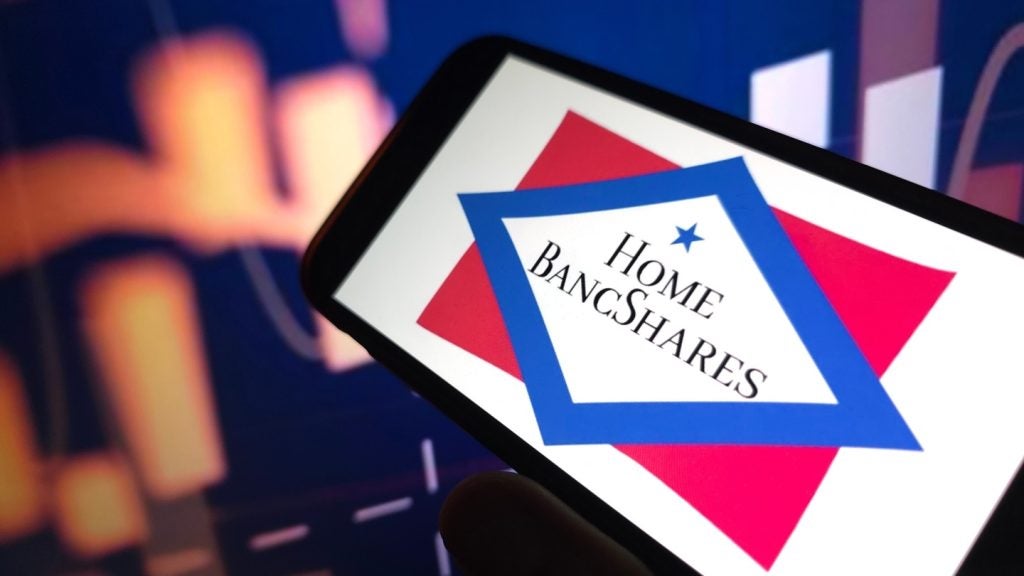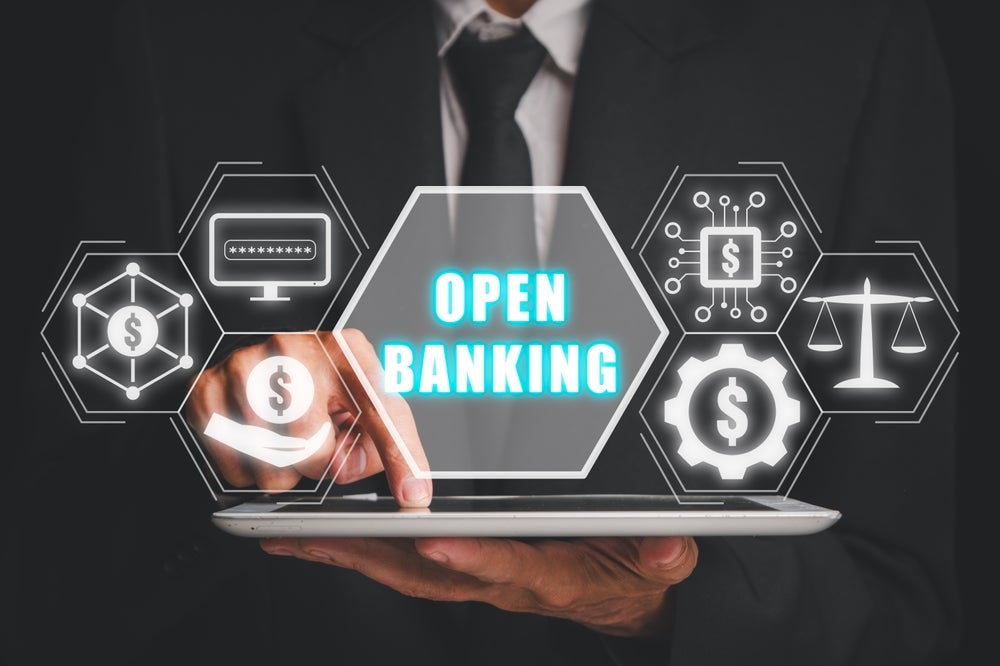In our mobile-first world, the lines between communication and financial services have blurred. People – including me – use their mobile devices for everything, and banks don’t want to be left behind or to be just another app among dozens of other options. That is especially true as fintechs expand into a broader range of financial services and tech giants, like Apple and Google, venture into payments and other financial services.
For their part, telcos want to provide more than just the infrastructure for the mobile-first world. Like banks, they want to be central as the mobile-first world becomes mobile-always. Financial services offer an ideal way for telcos to claim a larger share of the mobile-era pie, and banks can win a more central position in people’s economic lives by facilitating the convergence of communication and financial services.
As the convergence takes shape, individual banks and telcos have three options. They can observe from the sidelines, dabble in converged services, or lead the way. Leaders in both industries have an unprecedented opportunity to surge ahead, gaining a revenue and adoption edge.
Slow movers risk falling behind a trend poised to generate tremendous value for customers. That’s especially true as generative AI has the potential to ease and accelerate the more challenging aspects of the convergence.
A global showcase of bank/telco convergence
Across regions, there is ample evidence of the convergence of banking and telecom. N26 in Germany provides an interesting and explicit example. A neobank, N26, has offered banking services in Germany since 2013. It recently launched a digital mobile offering. Customers simply activate a plan from within their mobile app. What about infrastructure? Vodafone Germany partnered with N26 to deliver connectivity, with the telco giant growing revenue while avoiding marketing spend.
N26 can expect competition. European digital bank Revolut is launching a similar mobile service. Revolut is going the mobile virtual network operator (MVNO) route, which means it accesses infrastructure through leasing rather than a partnership. Like other MVNOs, Revolut plans to offer low-cost service to attract customers, and it will sweeten the deal with loyalty points.

US Tariffs are shifting - will you react or anticipate?
Don’t let policy changes catch you off guard. Stay proactive with real-time data and expert analysis.
By GlobalDataOn the telco side, many communication service providers, especially in the developing world, have offered digital wallets for years. In 2016, Yoma Bank and Telenor Myanmar partnered to launch a digital wallet called Wave Money in Myanmar. Today, it serves 35 million customers. Orange Money and VodaPay in Africa provide similar examples of digital wallet success.
Telco-powered financial services aren’t confined to the developing world. Rogers Communications in Canada operates a bank that offers credit cards and digital wallets. In Norway, three mobile operators united to create a payment platform called Strex. Success with consumers inspired Strex to enhance its service to help e-commerce merchants reach more customers.
What’s fuelling and accelerating the convergence?
As evidenced by the examples above, the convergence of telco and banking takes many forms – virtually all centred around mobile services. Mobile devices are the new high street or town square. Linking financial services to connectivity is as intuitive as a shop owner adding a trendy product line to their shelves – but with more technical and customer service challenges.
In many ways, the imperative to include the unbanked led the trend, with digital wallets linked to apps connecting the unbanked and underbanked to financial services, especially payments. The converging services outlined above are a continuation of the trend. As the convergence gathers momentum, you’ll see telcos inspired to offer customers more embedded finance options, like buy now pay later.
On the banking side, N26’s success may lead some to launch connectivity services. Collaboration sets the stage for more innovation, especially in markets where telcos play key roles in digital identity programs. In those markets, such as India and Estonia, telcos support an identity infrastructure that accelerates financial service provisioning and know your customer requirements.
From convergence to superapp ecosystem
What is likely to grow in this fertile bank and telco ecosystem over the next three to five years? Superapps. More specifically, bank- and/or telco-led superapps where experimental partnerships expand into fully integrated platforms that include payments, connectivity, loans, insurance, and IoT services. As other partners join, the superapps will include a curated and trusted entertainment, lifestyle, and commerce marketplace.
GenAI has the potential to bring an integrated experience to supperapps. Imagine an AI-powered financial coach helping to guide customer choices across the supperapp ecosystem. AI can also smooth the integration “seams” that can create friction when multiple businesses try to connect services.
Superapps with finance and connectivity as cornerstones have already taken root in many markets, including Rakuten in Japan, Paytm in India, and Grab in Southeast Asia. North America and Europe lack similar superapps. However, the convergence of telcos and banks—and their ability to fuel growth with loyalty programs—will catalyse the emergence of new “everything” platforms, which will evolve into superapps in more markets.
Lead or get left behind
Banks and telcos position themselves to win the coming convergence by taking steps to expand capabilities and form partnerships. You could march forward with a go-it-alone strategy, but you’re likely to get further faster with an ally. By partnering, telcos and banks can gain the growth, loyalty, and revenue advantages of expanded services – without having to master the details of a new industry. The first step? Form a partnership and create a joint innovation lab to prototype and test converged services. To accelerate progress, upskill teams in AI, security, and digital experience design to support convergence initiatives. Ensure that you preserve customer trust by prioritizing data ethics, transparency, and consent.
Beyond seeking partnerships with telcos, banks should:
- Invest in modern API-first architectures that enable open finance and seamless integration with telco platforms and other third-party services.
- Consider offering connectivity services to customers either by co-branding services with a leading telco or by exploring MVNO models that use leased infrastructure.
- Develop embedded finance strategies that include lending, insurance, and wealth management in order to insert services into telco ecosystems.
- Accelerate AI-powered innovation by emphasizing use cases that could redefine the convergence model, such as AI-led underwriting and autonomous financial orchestration.
Telcos should:
- Build or acquire digital wallet capabilities as the first step and explore options to add regulated financial products in collaboration with traditional banks.
- Strengthen data governance and compliance frameworks to prepare for the regulatory complexity of financial services.
- Partner with banks to co-create trusted products that take advantage of your customer relationships to streamline processes like credit scoring, underwriting, and fraud detection.
- Connect AI-powered customer service efforts to current partnerships to smooth the way to greater future integration.
Looking Ahead
As a leading technology and services provider to communication and financial service industries, we see the convergence happening up close. Explore how banks and telcos are turning next-gen technology into future-focused innovations. And stay tuned for upcoming posts on the bank/telco convergence, which look more closely at how these sectors can accelerate innovation with GenAI and through strategic partnerships.
Pablo Cella is Division President and General Manager for the Business Division Studio at Amdocs









